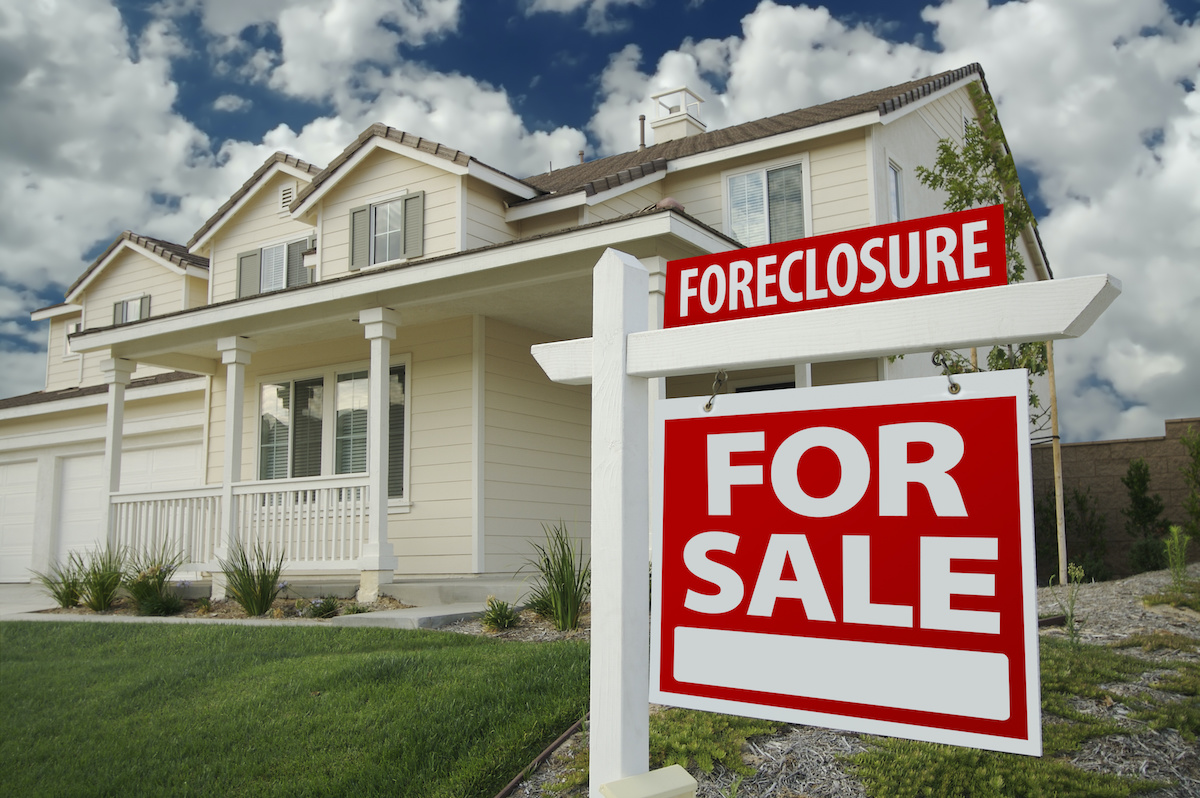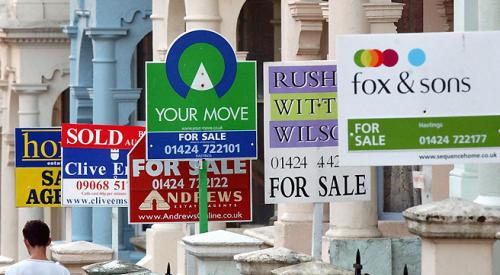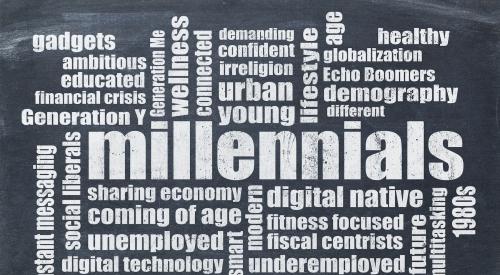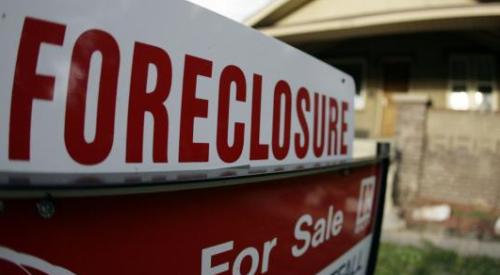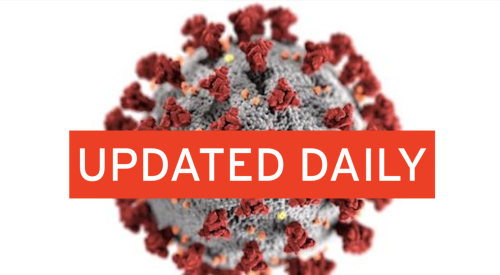Once mortgage forbearance ends, more than 3.3 million homeowners will have delinquent payments. While some homeowners may be able to refinance or sell, much of those foreclosures will hit the market and be snagged by investors and first-time home buyers, says Redfin. And those properties will hardly make a dent in the market’s need for more inventory. This is great news for the economy and housing market, but the swiftness of both foreclosed homes coming and going is reflective of the pandemic’s unequal impact on Americans. Homeowners have gained $2 trillion in home equity since the beginning of the pandemic.
At the peak of the foreclosure crisis in 2010, the national average loan-to-value ratio was 94%, meaning the average homeowner owed her lender nearly as much (94%) as the value of her home. As a result, many financially stressed homeowners couldn’t even afford to sell their home after paying agent fees of 6% and closing costs, so they often ended up in foreclosure. Currently the average loan-to-value ratio, among metros that report data, is 70%, meaning that the average homeowner has built 10% additional equity beyond an initial 20% down payment.
Currently the metro with the highest loan-to-value ratio is Virginia Beach at 86.2%, but that is likely due to the high volume of low-downpayment mortgages for local veterans. But because military employment has been unaffected by the pandemic, just 0.3% of homeowners say they are somewhat likely or very likely to be in foreclosure in the next two months, according to the Census Household Pulse Survey (see table below for data on each metro).
